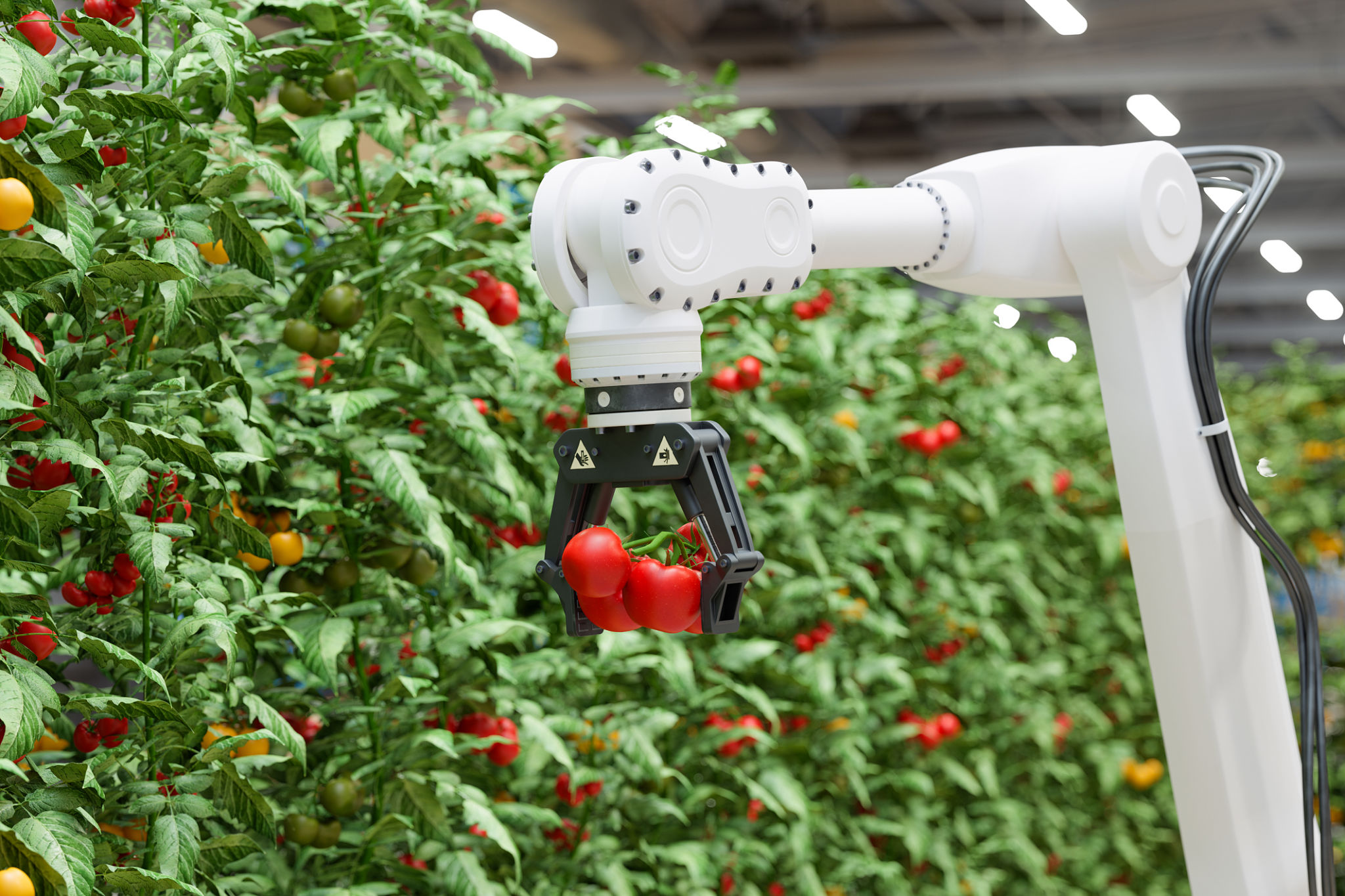DIY Guide: Integrating Robotics into Your Small Farm Operations
Understanding the Benefits of Robotics in Farming
The integration of robotics into small farm operations offers numerous advantages. From increasing efficiency to reducing labor costs, robotics can revolutionize how small farms operate. With the right technology, farmers can automate repetitive tasks, allowing them to focus on more strategic areas of their business. Embracing robotics can lead to improved crop yields and better resource management.
Adopting this technology may seem daunting, but the long-term benefits outweigh the initial investment. By automating tasks such as planting, watering, and harvesting, farmers can ensure more consistent results while reducing human error.

Choosing the Right Robotics for Your Farm
When considering robotics for your farm, it's essential to understand your specific needs. Different tasks require different types of robots. For instance, drones are excellent for monitoring crops and soil conditions, while robotic arms can assist in planting and harvesting. Evaluate your farm's requirements and choose technology that aligns with your goals.
Consult with experts or other farmers who have integrated robotics to gain insights into the best options available. Understanding the capabilities and limitations of different technologies will help you make informed decisions.

Steps to Implement Robotics
Once you've decided on the type of robotics to implement, follow these steps to integrate them smoothly into your farm operations:
- Research and Plan: Investigate the available technologies and how they can be applied to your farm.
- Budgeting: Allocate funds for purchasing and maintaining the robots.
- Training: Ensure that you and your staff are trained to operate and maintain the new technology.
- Implementation: Gradually introduce the robots to your operations, starting with pilot projects.
- Monitoring and Adjusting: Regularly assess the performance of the robots and make necessary adjustments.
Overcoming Challenges
Integrating robotics into small farms comes with its own set of challenges. Initial costs can be high, and there is often a learning curve associated with new technology. However, these challenges can be mitigated with careful planning and support.
Another common concern is the reliability of the equipment. Regular maintenance and updates are crucial to ensuring that your robotic systems function efficiently. Establish a maintenance schedule to keep your technology in peak condition.

Maximizing the Impact of Robotics
To get the most out of your investment, it's important to continuously evaluate the performance of your robotic systems. Analyze data collected by the robots to identify areas for improvement and adjust your strategies accordingly. This will not only enhance productivity but also provide valuable insights into your farm's operations.
Incorporate feedback from your team to refine processes and ensure that the technology is being used to its full potential. Collaboration between humans and robots can lead to innovative solutions and improved outcomes.

The Future of Robotics in Farming
As technology continues to advance, the role of robotics in farming will only grow. Future innovations may include more sophisticated AI-driven systems capable of making real-time decisions. Staying informed about these developments will ensure that your farm remains competitive and sustainable.
Embracing robotics not only enhances efficiency but also positions your farm to meet the demands of a growing population. By integrating these technologies today, you're investing in the future of agriculture.